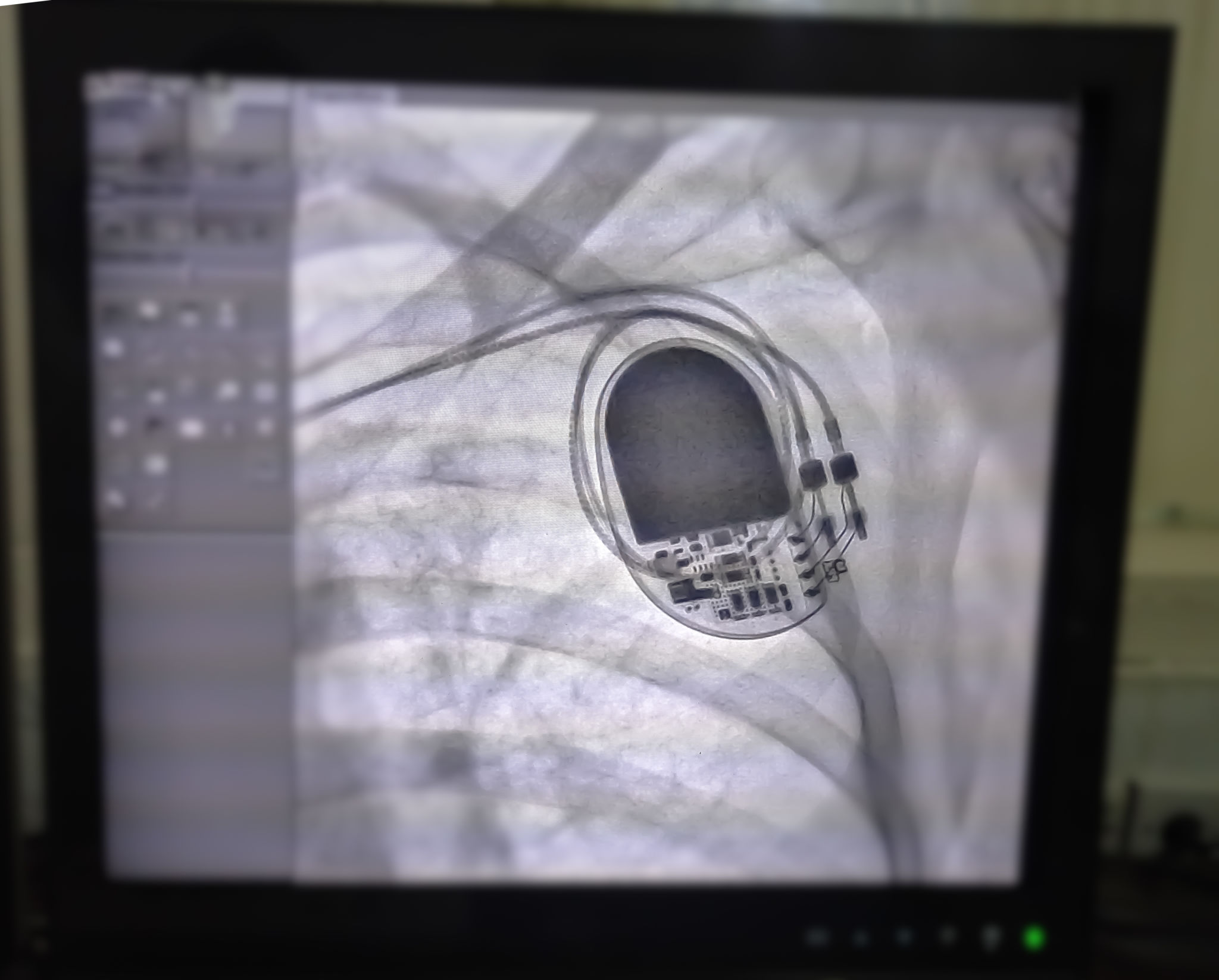Electrophysiology Basics: A Comprehensive Guide for Beginners
Understanding Electrophysiology
Electrophysiology is a branch of physiology that focuses on the electrical properties of biological cells and tissues. It is essential for understanding how the heart and nervous system function. By studying the electrical activity within these systems, electrophysiologists can diagnose and treat various conditions, ranging from arrhythmias to epilepsy.
The core aspect of electrophysiology involves measuring voltage changes or electrical currents on a wide variety of scales, from single ion channel proteins to whole organs like the heart. This field combines elements of biology, physics, and engineering to provide insights that are crucial for medical advancements.

The Importance of Electrophysiology in Medicine
Electrophysiology plays a pivotal role in modern medicine. It allows healthcare professionals to understand the intricacies of heart rhythms and brain waves. With this knowledge, they can develop targeted treatments for disorders such as atrial fibrillation, tachycardia, and epilepsy.
In cardiology, electrophysiological studies (EPS) are used to assess the electrical activity and pathways of the heart. This information helps in identifying abnormal heart rhythms and determining the most effective treatment options, such as medication, lifestyle changes, or surgical interventions.

Basic Concepts in Electrophysiology
To grasp the fundamentals of electrophysiology, it's important to understand a few key concepts:
- Action Potential: A rapid rise and fall in voltage or membrane potential across a cellular membrane.
- Ion Channels: Proteins that allow ions to pass through the cell membrane, influencing the cell's electrical activity.
- Resting Membrane Potential: The baseline electrical charge across the cell membrane in a non-excited state.
These concepts are critical for understanding how electrical signals are generated and propagated in the body. They form the foundation for diagnostic techniques and therapeutic strategies used in electrophysiology.

Tools and Techniques in Electrophysiology
A variety of tools and techniques are employed in the field of electrophysiology. Some of the most common include:
- Electrocardiogram (ECG): A test that records the electrical activity of the heart over a period of time.
- Electroencephalogram (EEG): A test used to evaluate the electrical activity in the brain.
- Patch-Clamp Technique: A laboratory technique that allows the study of single or multiple ion channels in cells.
These tools provide critical data that help in diagnosing and understanding various medical conditions. They also guide treatment plans and measure the effectiveness of interventions.
Electrophysiology in Research
Beyond clinical applications, electrophysiology is integral to scientific research. It enables researchers to explore the fundamental processes of life at a cellular level. By understanding how cells communicate through electrical signals, scientists can develop new therapies for diseases that affect millions worldwide.
Research in electrophysiology often leads to innovations in technology and methodologies, which can be applied to other areas of medicine and biology. This continuous cycle of discovery and application drives progress in both healthcare and science.

Conclusion: The Future of Electrophysiology
As technology advances, the scope and capability of electrophysiology will continue to expand. Emerging technologies like bioelectronics and wearable tech are set to revolutionize how we monitor and treat medical conditions. These innovations promise to enhance diagnostic accuracy and therapeutic outcomes for patients globally.
For anyone entering the field, understanding the basics of electrophysiology is crucial. With a solid foundation, you can contribute to the ongoing advancements that make this field both challenging and rewarding.